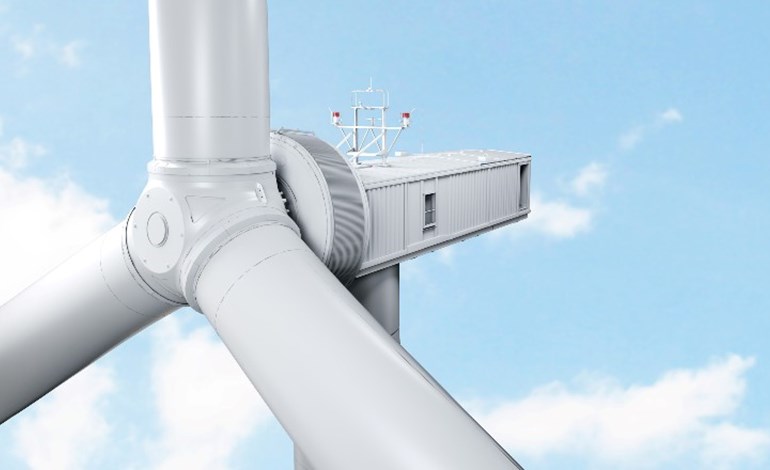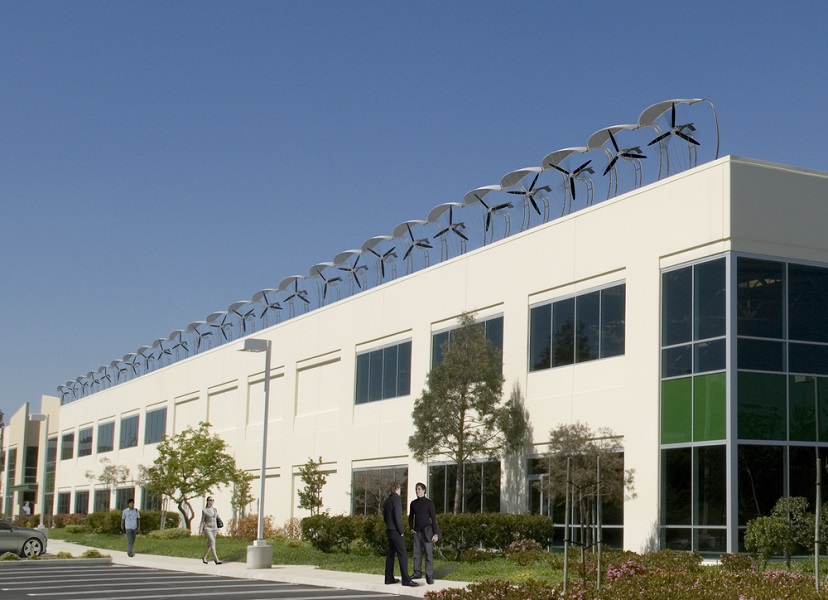
Wind energy, often known as wind power, refers to harnessing the wind’s power to create either mechanical or electrical power. Wind turbines are devices that harness the kinetic energy present in wind and turn it into mechanical power. This mechanical power may be used for certain activities (such as grinding grain or pumping water, for example), or it can be transformed into electrical power via a generator.
You may get information on how wind turbines generate energy, examine an image of the components that can be found inside of a wind turbine, or watch an animation on wind power that demonstrates how the blades of a wind turbine are rotated by flowing air and how the interior components operate to generate electricity.
Wind turbine dimensions and their many applications
Wind turbines have the ability to generate electricity that may be used on-site, as well as exported and sold elsewhere. The size of the turbine will be determined by the amount of energy that must be produced.
When the size of the project is planned to meet the energy demands of the load, as well as when economies of scale and equipment track records are capitalized on, the economic benefits of wind turbines are at their highest. A tiny turbine, generally producing less than 10 kilowatts (kW) of power, is required for residential onsite energy consumption. This turbine must be able to produce the quantity of electricity that is necessary for the residence to function on a daily basis. The amount of energy that midsize machines can generate is sufficient to meet the demands of bigger commercial loads on site. Utility-scale projects are ideally suited for large-scale machines that optimize generation while taking into account the cost and footprint of the site’s infrastructure.
Before construction can commence on any project, the utility companies must first provide their clearance, and grid impact assessments may also be required, if the project in question is linked to the electrical grid.
Residential-Scale Onsite Energy Use (<10 kW)
Small residential turbines generate about the same power as a typical house. You need to have a site assessment to identify where to place the project to guarantee that it will function as intended since these turbines are often built on shorter towers. This is because the towers are normally shorter. Because these wind turbines are acquired with cash, a return on investment is not always the decisive element in whether or not a project moves ahead. However, a return on investment may be a significant consideration to consider. A number of states provide financial incentives for the purchase of this kind of equipment. Wind turbines designed for use in residential settings often do not need a comprehensive on-site resource evaluation.

Small Commercial-Scale Onsite Energy Use (10-50 kW)
This kind of wind turbine generates more electricity than the typical home needs, but it is ideally suited for usage by small enterprises, farms, ranches, institutions like schools, office buildings, or parts of campuses, or public loads like hospitals. This class of turbines often combines a higher degree of machine complexity, which results in enhanced efficiency and power generation and an increase in the required maintenance. On the other hand, these turbines often need a lower level of maintenance compared to bigger ones. This kind of equipment may cost as much as a home, making it the lowest project size that might possibly be funded and necessitating an examination by a lending institution. It’s possible that projects of this magnitude may also need an on-site evaluation of the available resources, but in many cases, projects can be advanced by using local measurements, skilled siting, and project modeling.
Commercial Onsite Energy Use (50-250 kW)
This style of wind turbine generates commercial volumes of electricity and is a good fit for campuses, bigger buildings, towns, and larger municipal public loads, among other potential applications. This category of wind turbines has many of the same technical and operational characteristics as utility-scale machines. They are often built atop towers, requiring specific licenses and collaboration with other regulatory organizations or agencies. These turbines often represent a large capital expenditure, so clearance from the relevant corporations or institutions is required. It is not uncommon for facility managers to form partnerships with various financial entities to build projects of this magnitude. These projects need professional project modeling that takes into account onsite or neighboring wind resource data in a comprehensive manner.
Large Commercial or Industrial Energy Use (500 kW-1.5 MW)
This wind turbine class is at the upper end of the midsize machines and is ideal for communities and extremely big onsite industrial loads. In some circumstances, it may even serve as the foundation for larger wind farms. On the technological front, this sort of machine is often indistinguishable from utility-scale turbines in any meaningful way. Towers that are typically more than 200 feet in height are required to have obstruction lights installed. The community should be involved in projects of this scale, and they should get their support or permission on all levels. This category of loans is often funded by commercial lenders that have their own set of due diligence standards and, as a result, need feasibility studies and onsite resource assessment campaigns. The exception to this rule is when highly unique circumstances arise.
Utility-Scale Energy Use (1.5-7.5 MW)
Utility-scale wind turbines, although sometimes built at the point of use, are most often installed in large groupings with the purpose of providing electricity for commercial or industrial use. These cutting-edge wind turbines run with extraordinarily high availability rates and produce energy that is priced competitively at power plant sizes. Their high levels of efficiency and modern design make them state-of-the-art. These enormous turbines have more than 82 meters (250 feet) rotors in diameter, and they are mounted on lofty towers, which need the installation of aviation obstruction notice and illumination. Due to their size and the scale of their installations, utility-scale wind turbines demand the greatest levels of collaboration on the part of the public, the environment, and the utilities. Similar to other extremely big capital expenditure projects like airports, utility-scale wind farms need thorough resource evaluations, legal and financial due diligence, utility integration, and financing.

